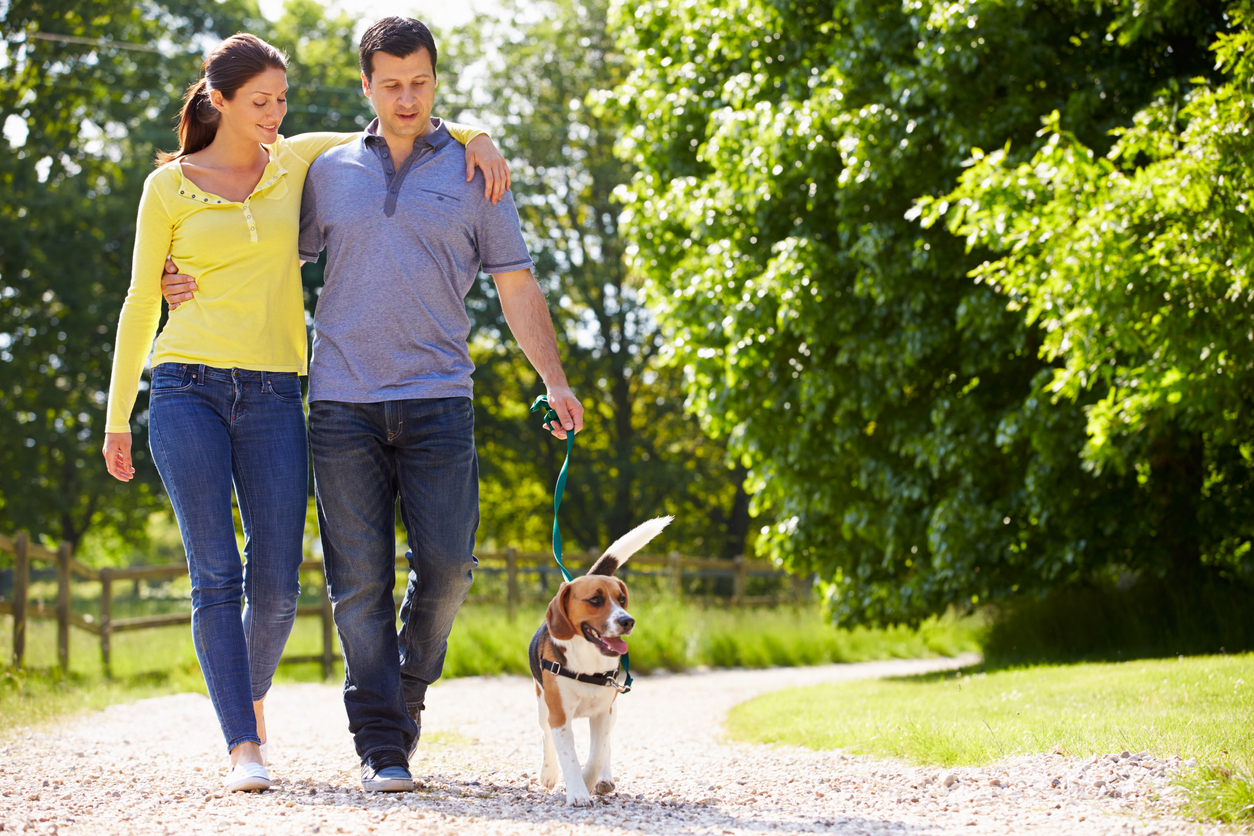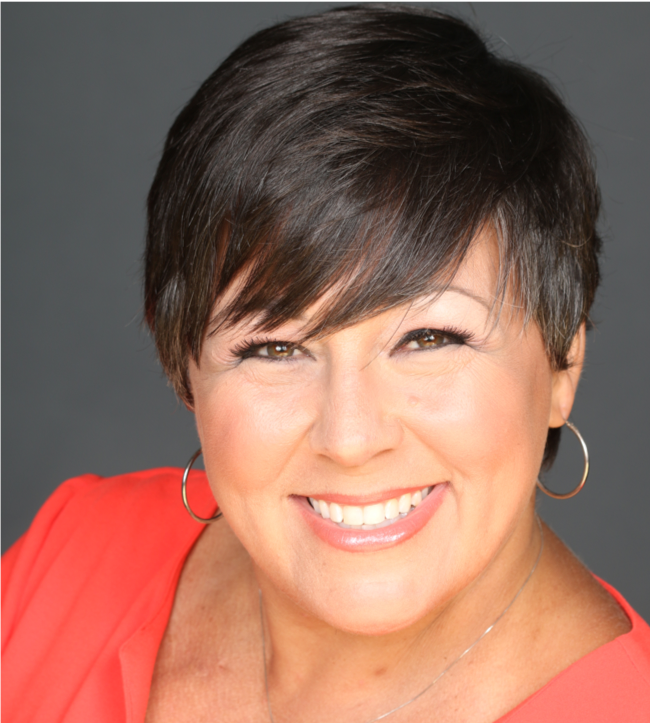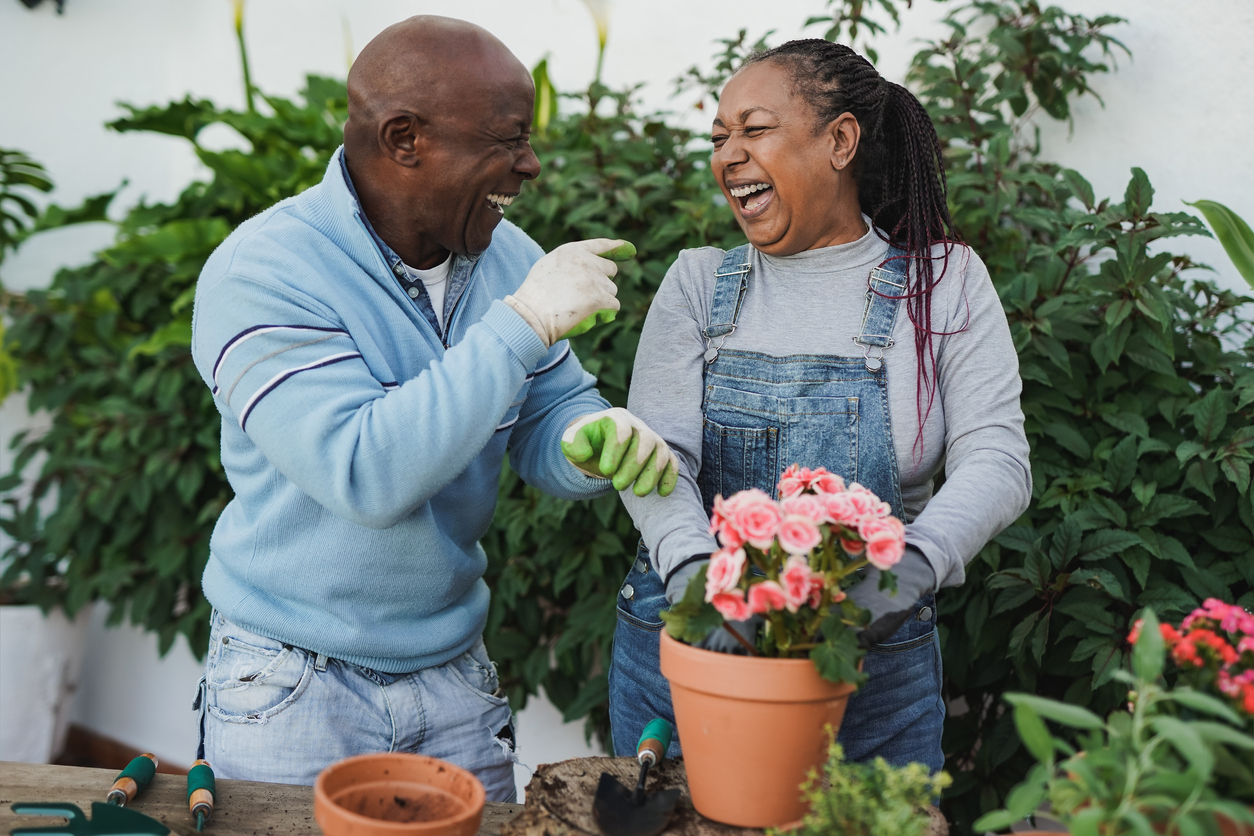
Just 10 Minutes of Physical Activity Can Benefit Cancer Patients
Physical activity has long been touted to prevent and lessen the impact of acute and chronic illnesses, like cardiovascular disease and obesity.
Studies have even found that physical activity can help destroy cancer cells.
But exactly how much physical activity is needed for cancer patients to reap this benefit?
Researchers at the University of Turku in Finland conducted two studies to gain clarity.
Conducting the Research on Physical Activity
The two Finland studies involved 28 recently diagnosed lymphoma and breast cancer patients between ages 20 and 69 and 37 and 73, respectively.
Study methods involved taking blood samples of the patients before and after riding a bicycle for 10 minutes.
“The pedaling resistance was determined individually for each patient so that it corresponded to light or moderate physical activity. The most important goal was that the patients were able to pedal for 10 minutes straight without exhaustion, but so that their heart rate increased,” Tiia Koivula, a research assistant at the University of Turku, said in a press release.
The researchers then analyzed and compared the number of different immune cells in the blood samples before and after physical activity.
‘Comforting’ Findings on Physical Activity
Just 10 minutes of light to moderate physical activity was enough to increase the number of immune cells capable of destroying cancer cells in the bloodstream of all patients.
Koivula finds the study results ‘comforting’ considering physical activity is difficult for some cancer patients.

“Cancer treatments can make you tired and lower your motivation for exercise, which is why it is comforting to know that just 10 minutes of cycling or walking to a supermarket, for example, can be enough to boost the body’s immune system,” Koivula said in a press release.
While these results could help improve cancer patients’ health outcomes, researchers still aren’t sure where exactly immune cells go in the bloodstream after physical activity – they could be going to the tumor site and targeting cancer cells there.
“Further research in cancer patients is needed to study whether the immune cells are transported to the tumor after the exercise, where they could destroy cancer cells. This has been shown to happen in preclinical studies, but research in cancer patients is still rather incomplete,” Koivula said in a press release.
Nevertheless, it was previously thought that cancer patients should just rest after a cancer diagnosis.
The results of these two studies suggest otherwise.
“Today, we have more and more researched information that exercise can even improve the prognosis of cancer. However, it is not yet fully known how exercise controls cancer,” Koivula said in a press release.
Latinos and Cancer
Unfortunately, cancer is the #1 cause of death for Latinos.
They face disproportionately high cases of liver, cervical, and stomach cancer; and poorer health outcomes for HPV-related throat cancers and childhood leukemia.
Many Latinos also experience a stressful cancer survivorship journey.
Stressors include higher rates of obesity, lower rates of physical activity, discrimination, finances, and limited access to health care, said Dr. Daniel Carlos Hughes, a researcher at the Institute for Health Promotion Research at UT Health San Antonio.
“Stress is not yet proven to directly damage the DNA of a cell,” said Hughes, who is co-leading a new study on holistic health for Latina cancer survivors. “But studies show that the cascade of the human response to chronic stress results in down regulation of physical, mental, and spiritual wellbeing. And, for breast cancer survivors, an increased risk for secondary breast cancer or risk for new primary cancers.”

Loriana Hernandez-Aldama became a statistic herself when she was diagnosed with cancer.
She credits her cancer survival to her active lifestyle before her diagnosis and during her cancer treatment journey.
But as a member of the Latino community, Loriana knows that health inequities – including a lack of access to affordable healthcare, nutritious food, and safe places to exercise – can make living a healthy lifestyle difficult for Latinos.
So, she created ArmorUp For Life.
‘Prehabilitate’ With Physical Activity
Through ArmorUp For Life, Loriana educates patients about the 3Ps – Prepare, Present, Prevail.
“We are helping patients prepare for an illness through ‘prehabilitation,’ so they can present well to their medical team, and be better positioned to prevail over whatever challenge comes their way,” Loriana explained.
Prehabilitation, or being as healthy as possible before an illness, is especially important in underserved populations, including Latino communities, because they may face more health disparities and inequities that impact overall health, such as less access to cancer treatment.
“We have to prepare our bodies for illness because something’s going to happen to all of us, we just don’t know when,” she said.
Learn more about ArmorUp For Life!
Get Active!
While incorporating physical activity into your daily routine may seem challenging, it doesn’t have to be difficult.
As indicated by the study results, just 10 minutes of light to moderate physical activity can improve health.

Physical activity is any bodily movement that increases energy expenditure above a resting level. This includes daily activities, like getting dressed, helping the kids get dressed, doing dishes, pacing while talking on phone, and walking the dog.
Other ways of incorporating physical activity into your life include going to the grocery store, taking a short walk to enjoy nature, parking further from your destination, or taking the stairs instead of the elevator.
No matter how you choose to get active, make sure the experience is enjoyable, so you are more likely to stick to your routine.
You Can Help Address Cancer Disparities
You can learn about health inequities that impact physical activity in your area by downloading a Salud America! Health Equity Report Card!
In your report card, you will see maps, data, and gauges to compare public health issues, like obesity and access to green spaces, to the rest of your state and nation.
You can email your Health Equity Report Card to local leaders to stimulate community change. Use the data in your materials or share on social media to raise awareness where change is needed most!
Get your Health Equity Report Card!
The post Just 10 Minutes of Physical Activity Can Benefit Cancer Patients appeared first on Salud America.

